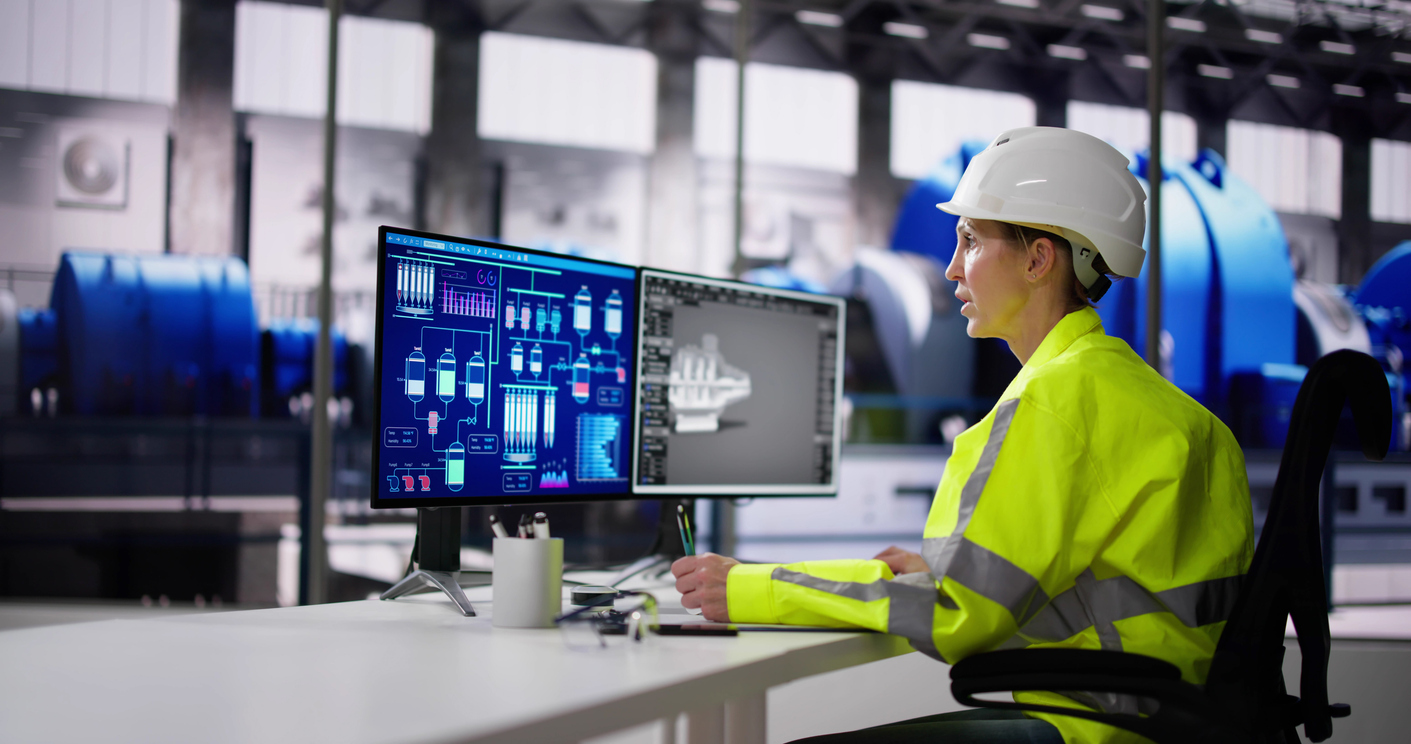Organizations are increasingly required to adapt to the concept of the “lab of the future” (i.e., a smart lab) to keep up with competitors.
For example, industry estimates show that scientists who work in a smart lab will spend at least 20% less time working in a lab during the next decade, giving them more time for innovation. On top of that, the global IoT (Internet of Things) network is expected to reach 75 billion connected devices by 2025. With over 40% of those devices being deployed in the healthcare industry, the future of the IoT/smart lab looks very bright.
However, there is a slight caveat. Building a smart lab goes beyond merely migrating to the latest technologies.
A team must construct a complex yet highly functional environment in which the devices, data, and lab scientists create an automated ecosystem that:
- Allows seamless workflows
- Enables actionable dataflow
- Provides valuable and specific insights
But before we delve into the best practices for developing the lab of the future, let’s quickly address why the legacy lab is ripe for an IoT-based makeover.
Legacy lab systems are a bottleneck
The progress of scientific research and development has been immense over the past decades. However, many obstacles are hindering the traditional lab workflow, including:
- Lack of automation
- Frequent human errors
- Issues with compliance
- Inefficient data analysis (due to manual tracking and recording of data)
- Data loss or sample corruption
- Overall lack of communication (between devices and researchers, as well as across devices themselves)
The IoT/smart lab solves these bottlenecks.
Perhaps the largest leap enabled by the smart lab is data tracking and analysis. This resolves the problem of manually recording data, which is extremely time-consuming and prone to human errors, and could lead to data loss.
The lack of connectivity and automation in a legacy lab often causes these issues. But IoT-enabled digital systems based on sensors and automated devices can solve them.
That said, here’s our best practices for building an IoT-based smart lab.
Understand your data
It is crucial that you have a clear picture of your laboratory processes. This will help set clear goals before embarking on your digitalization journey and give you insights about your data flows and workflows.
Here are a few steps to take when analyzing your data:
- Make a laboratory processes map
- Decide which processes you want to map
- Consider the activities that make up your processes. What is their order and how do they start and end?
- Include your employees in this process (as end-users they will give you honest assessments of their current workflows)
Finally, once you have clearly outlined all your bottlenecks and pain points, you can introduce solutions that solve them.
The result will be a more streamlined and efficient smart lab.
Use technologies like IoT, AI, ML, and robotics
Incorporating artificial intelligence (AI), machine learning (ML), IoT, app interfaces, and robotics into the smart lab environment helps deliver desired outcomes with minimal human interaction.
Some benefits of using cutting-edge technologies in a lab environment:
- Mitigate unplanned downtime — Smart analytics helps scientists and researchers spot equipment failure, prevent downtime, and optimize maintenance (predictive maintenance), which minimizes costs and damages.
- Increase operational efficiency — AI technology can predict operating conditions, which helps adjust parameters for desired outcomes in real-time and boost operational efficiency.
- Improve research, projects, products, and services — Interconnectivity and highly coherent data analysis, along with the use of robotics and natural language processing (NLP), can vastly improve and shorten the timeframes of lab projects.
Develop an innovation-driven digital culture
While the implementation of AI and IoT tech is critical, it only makes sense in a well-developed digital culture. A digital culture and mindset will help lab teams reach optimal levels of automation to achieve their goals, both incrementally and in the long run.
Although composed of smart devices and software systems, smart lab infrastructure alone cannot analyze databases and coordinate workflows efficiently. That requires people and a supportive digital culture. As the age-old mantra goes — a tool is only as good as its user.
Choose the right smart lab partner
Building the “lab of the future” is not easy. But with a seasoned digitalization partner who will provide guidance, the necessary infrastructure, and a custom-tailored innovative lab strategy, organizations can complete a lab makeover quickly and cost-efficiently.
The right partner can help you build a lab that:
- Monitors all stages of experiment and research, from start to finish, ensuring that team collaboration is streamlined across departments.
- Achieves high flexibility, accuracy, and productivity in terms of processes, discovery, development, and research.
- Reaches top-tier connectivity through an IoT-based ecosystem with all your devices connected to the cloud or local server as a central system. This way, researchers can control everything externally and access data from almost any location.
- Achieves all forms of lab automation – from laboratory equipment to material containers.
- Increases the accuracy and efficiency of data collection and analysis through the ability to track and process data on a much more granular level.
- Transforms your lab system by building upon existing features, and creating custom, cost-effective, and reliable IoT solutions for an automated smart lab.
Want to learn more about how HTEC’s technology expertise can transform your business? Explore our Technical Strategy and Software & HiTech capabilities.






